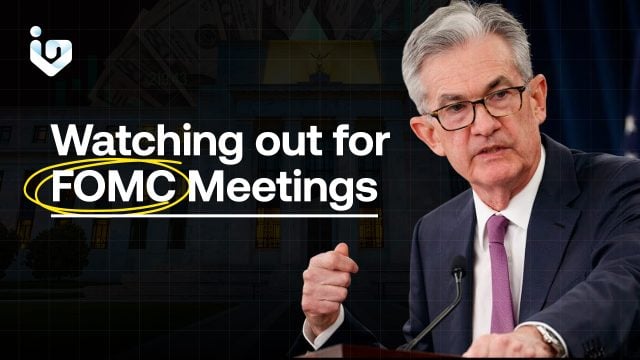In the intricate dance of the financial markets, few events command as much attention as the Federal Reserve’s Federal Open Market Committee (FOMC) meetings. These gatherings are the fulcrum of monetary policy in the United States, steering the economy by influencing interest rates and investment appetites. For investors, understanding the outcomes and implications of these meetings is not just beneficial—it’s essential.
The Pulse of the Economy
The FOMC meets eight times a year, a schedule that financial analysts and investors watch closely. The committee’s decisions on interest rates affect the cost of borrowing, the return on savings, and the overall economic growth. A rate hike can cool an overheating economy, while a rate cut can stimulate spending and investment. The ripple effects of these decisions touch every corner of the market.
Decoding the Signals
Each FOMC meeting concludes with a statement that investors scrutinize for hints about future policy. The language used can signal the Fed’s economic outlook. Terms like “accommodative” or “vigilant” can sway market sentiment. Investors parse every word, seeking insights into upcoming decisions. This linguistic analysis is as crucial as the numbers themselves.
Interest Rates and Investment Strategy
Interest rate changes directly impact investment strategies. Higher rates can make loans more expensive, affecting consumers and businesses alike. They can also increase the yields on fixed-income investments, making them more attractive compared to riskier assets like stocks. Conversely, lower rates can boost stock markets as borrowing becomes cheaper and companies can invest or expand more readily.
The Fed’s Dual Mandate
The Fed operates under a dual mandate: to foster maximum employment and to stabilize prices. FOMC meetings evaluate economic indicators against these goals. Strong employment figures might suggest an overheating economy, prompting rate hikes. Conversely, low inflation might lead to rate cuts to encourage spending. Investors must consider how these policy shifts align with their portfolios.
Market Volatility and FOMC Outcomes
FOMC announcements can trigger market volatility. Investors often adjust their positions in anticipation of the meetings, and the immediate aftermath can see significant price movements. Long-term investors might see these fluctuations as noise, but for day traders and short-term investors, they represent opportunities—or risks.
Forward Guidance and Long-Term Planning
The Fed also provides forward guidance, offering a glimpse into its policy roadmap. This transparency helps investors plan for the long term. Understanding the Fed’s intentions allows for strategic adjustments in asset allocation, balancing between equities, bonds, and other investments based on expected economic conditions.
Conclusion
For investors, FOMC meetings are a beacon that illuminates the path of monetary policy. They provide critical data points for making informed decisions. In a world where a single basis point can mean the difference between profit and loss, staying attuned to the Fed’s signals is not just prudent—it’s imperative.

